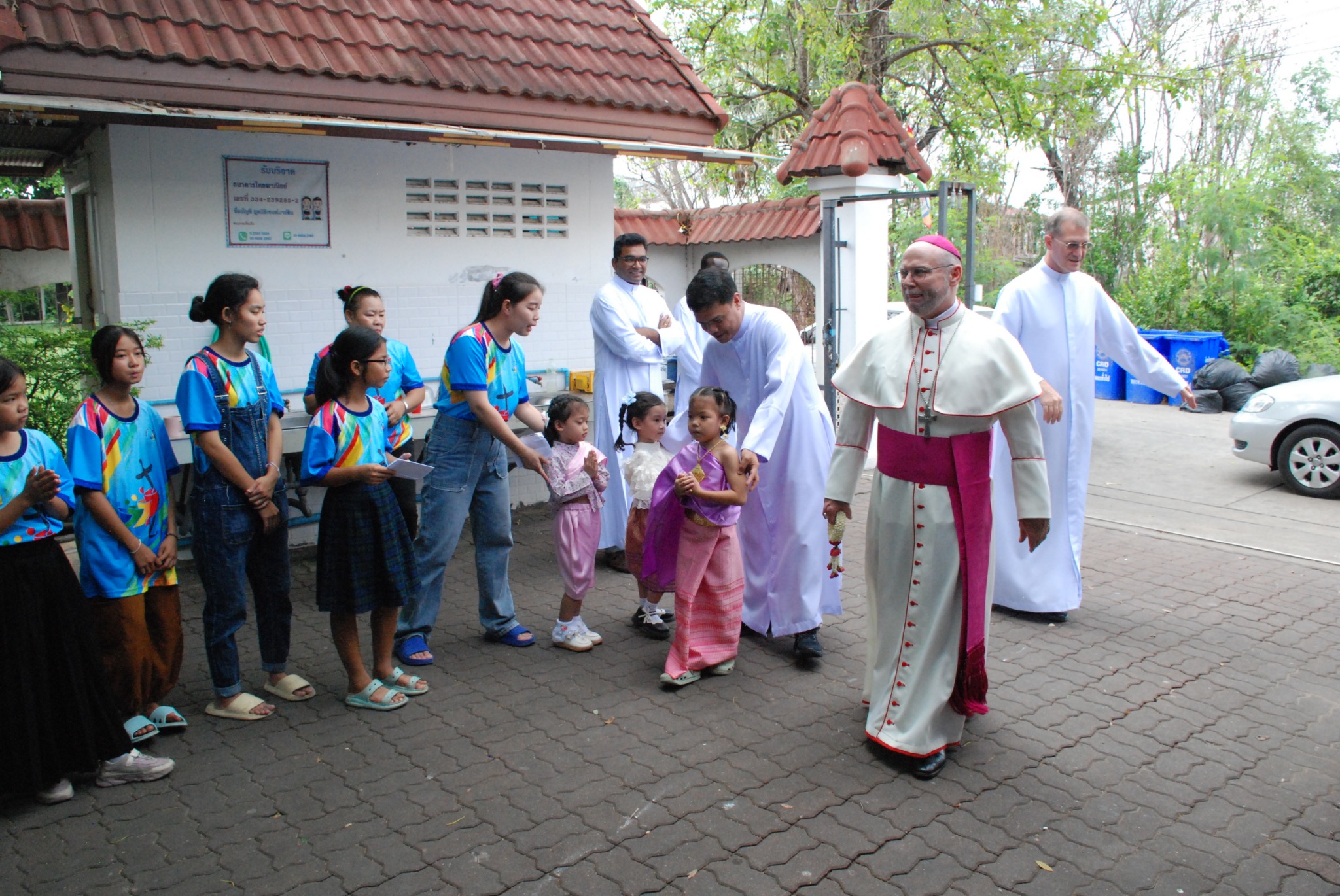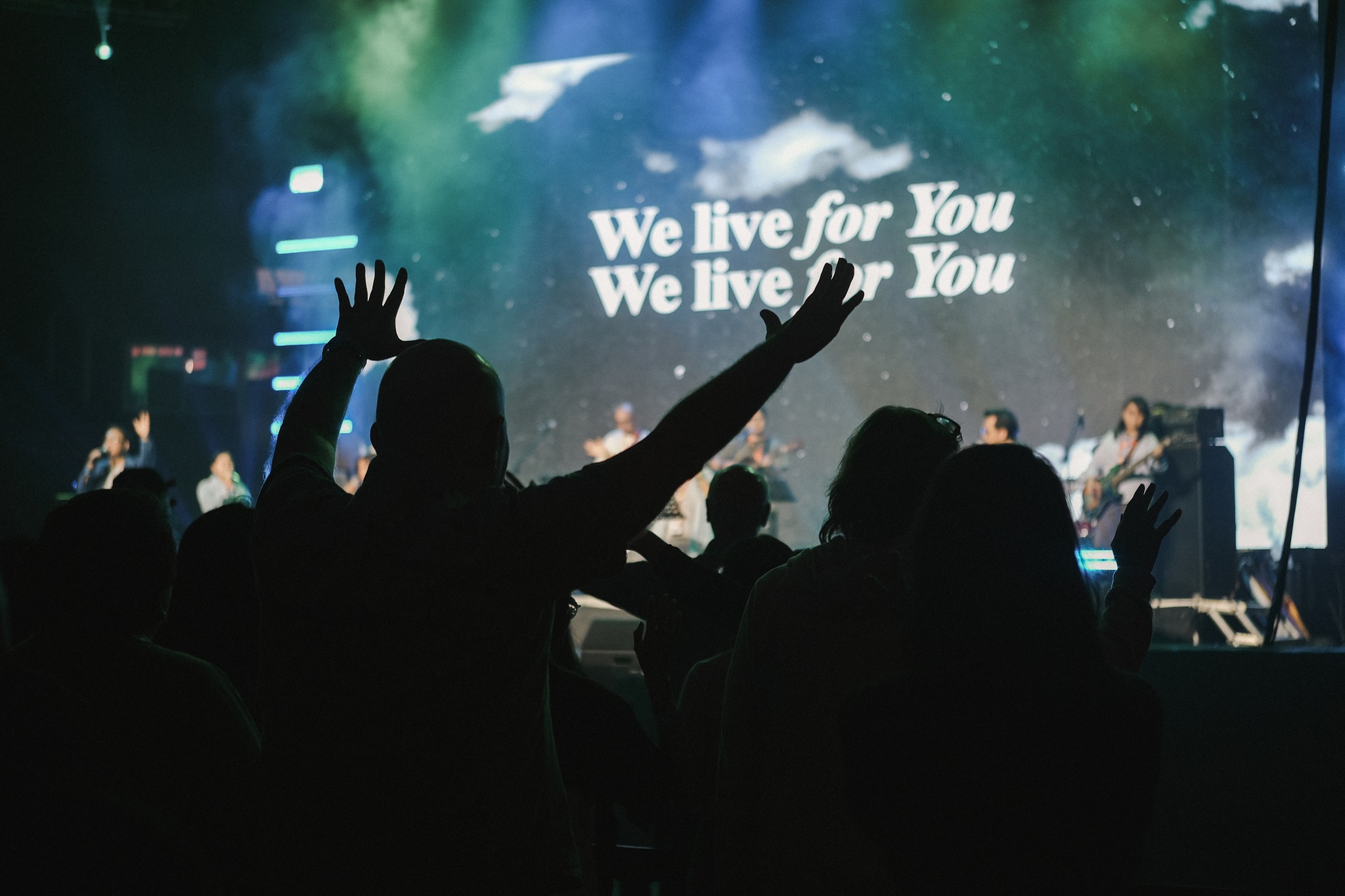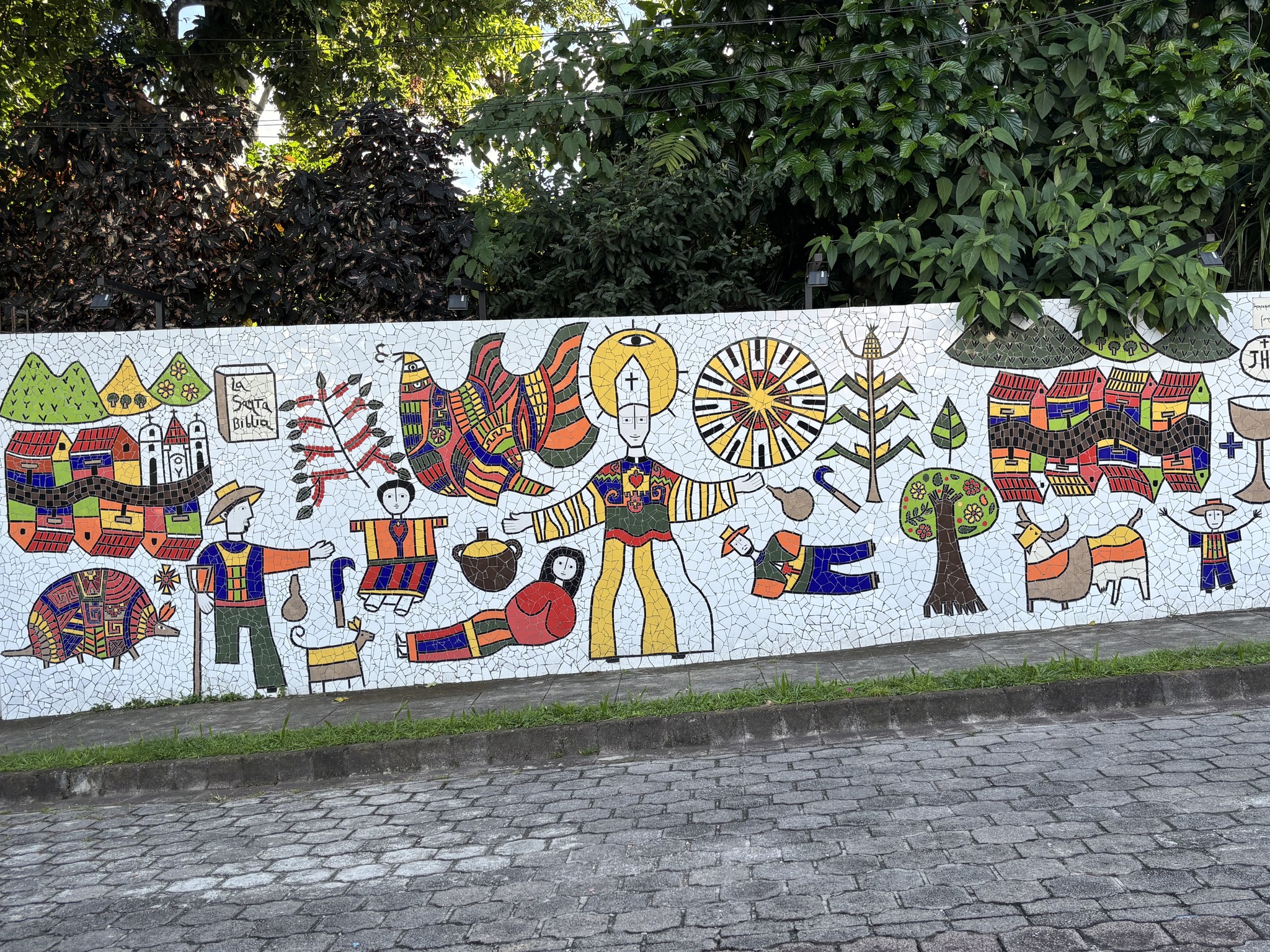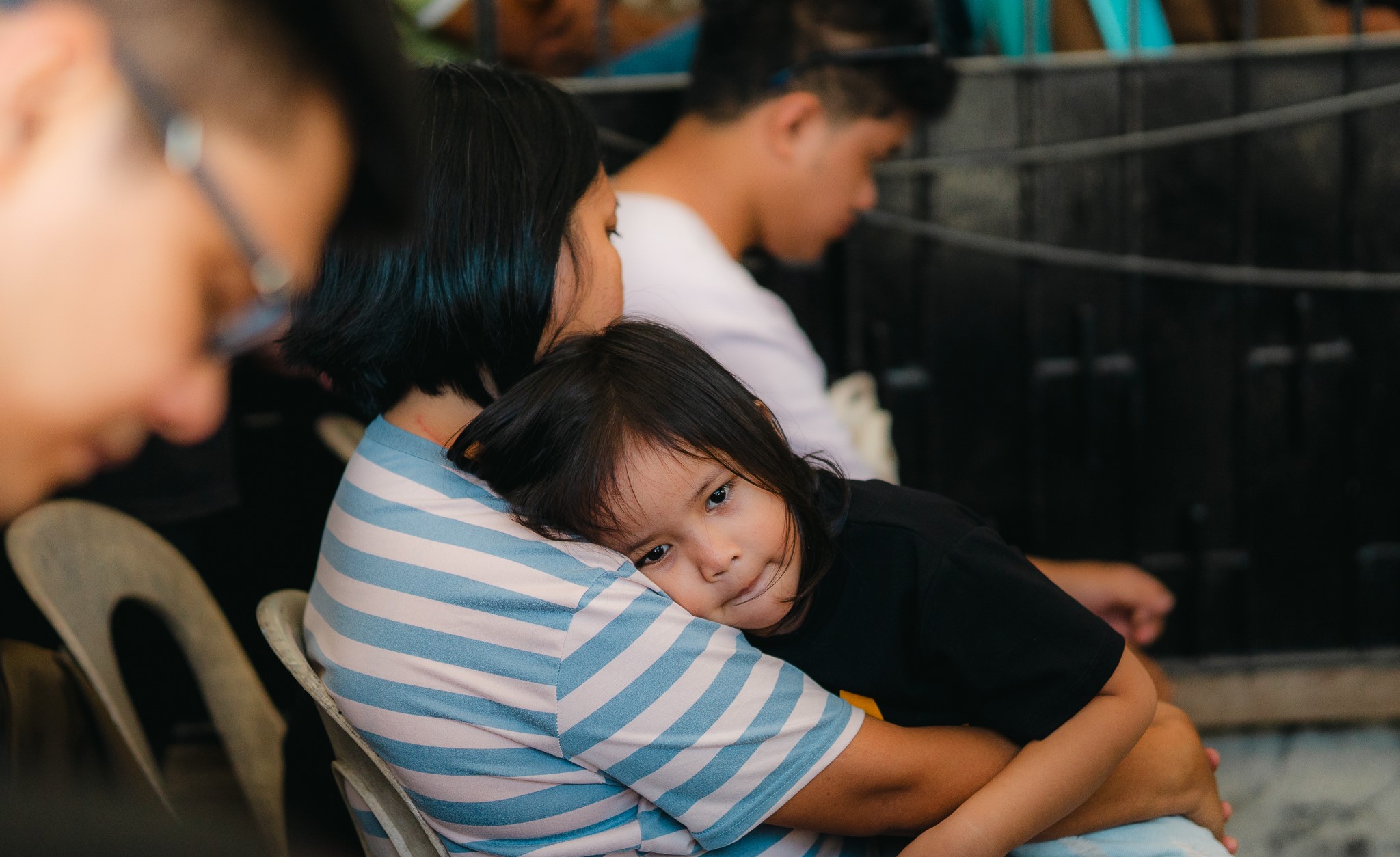Joaquim Magalhães de Castro
On the occasion of the World Missionary Jubilee, Italian Father Claudio Corti, a missionary with the Pontifical Institute for Foreign Missions (PIME) in Thailand, spoke to the Fides news agency. He expressed his astonishment at the number of people who have recently converted to Catholicism and requested baptism. In this predominantly Buddhist country, where Christians are clearly in the minority, it is not uncommon to hear about Jesus Christ… Whether because one attended a Christian school, or met a Catholic coworker or friend, or because one was impressed by the imposing churches during a trip abroad, “especially in Europe.” And when one of these people approaches Father Corti – who has lived in Thailand since 1999 – asking if he can convert them to Christianity and baptize them, the prelate notes that “they take their faith very seriously.” The decision to convert to Catholicism radically changes one’s life. For example, “the experience of forgiveness, which one receives from God and offers to one’s enemy, is an extraordinary moment. And from that moment on, this person begins to live not only for themselves, but for their fellow human beings.”
In Thailand, a country with 400,000 Catholics in a population of 70 million, PIME has two mission areas: one in the north and the other in the capital, Bangkok, in the center of the country.
PIME’s presence in this country began in 1972, thanks to Father Gianni Zimbaldi, who had been expelled from Burma in 1966 and returned to Southeast Asia with the intention of founding a PIME mission, specifically in Thailand, where he would work among the indigenous peoples. There, he would begin the first evangelization of the so-called “hill tribes”—especially the Karen (an ethnic group with several subgroups) and other tribes of Chinese origin, such as the Lahu and Akha—who, as animists, were more open to the proclamation of the Gospel.
In 2004, when he was appointed pastor of the Fang Mission in northern Thailand, Father Corsi encountered about forty Catholic villages, and over the years, another ten villages would convert to the faith. This was mainly due—in the clergyman’s opinion—”to the lay catechists, their example, their commitment, and their closeness to the people.” Between the 1990s and 2010s, some members of animist villages came into contact with other people from villages who had converted to Christianity during various festivals. Thus, these types of events proved to be a unique opportunity for evangelization; people showed curiosity, and soon a village representative requested the presence of a catechist.
Father Corti recalls that when he was parish priest of the Fang mission, there were (and still are) about 40 catechists in the PIME mission. These are lay people who “regularly visit the villages, lead the Liturgy of the Word or moments of prayer, offer catechesis classes, visit the sick, and pray with them: they are a constant point of reference for the tribal peoples.” In this northern region, however, the missionary observes, “the presence of the Catholic Church remains limited to the tribal world, to these minorities, that is, to one million people throughout the country.”
In the early 1980s, PIME assumed responsibility for a mission in the capital, Bangkok, where the Church has a more ancient presence, dating back over 400 years, and today there are about 130,000 Catholics in the country.
The Catholic Church’s presence in Thai society is distinguished by its commitment to education. Almost every parish has a school, and many Catholic educational institutions are known for their high quality. Interestingly, the students are almost all non-Catholics, studying alongside students from Catholic families.
In the Archdiocese of Bangkok, PIME was entrusted with the parish of Our Lady of Mercy, located on the northern outskirts of the capital, in the Pak Kret region. The parish covers a very large area, with approximately 1,000 Catholics in a population of about 600,000. This church, according to Father Corti, now the parish’s pastor, has a curious peculiarity: it was personally inaugurated in 1974 by King Rama IX. Fifty years ago, this was a deserted and peripheral area; today it is a residential area, although it does have small slums where the poorest live, those who come from rural areas to Bangkok in search of work. The parish’s missionaries are involved in daily pastoral care, catechesis, and the accompaniment of those requesting baptism. There are also social services. “Through the San Martino Foundation, which we founded 30 years ago, we created the ‘House of Hope,’ a shelter for 80 poor or orphaned children from the poorest neighborhoods. The project is funded by donations and the support of Providence,” says Father Corsi. These children are not Catholic, nor do they receive catechism classes. However, years later, when they are reintegrated into society, “some remember us, continue supporting the shelter, or come to ask to become Christians.”
In a society dominated by Buddhism, the missionary concludes, “the aspect of interreligious dialogue is also important for building friendly relationships with the monks.” It was with this spirit that a PIME missionary, Father Daniele Mazza, studied Buddhism at a religious university in Thailand and there obtained his doctorate in that religion.


 Follow
Follow


